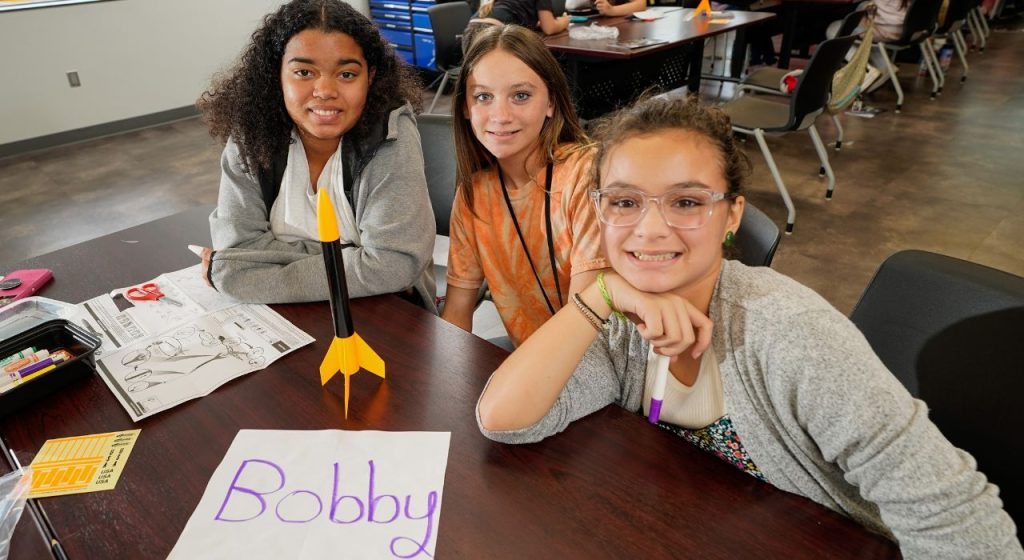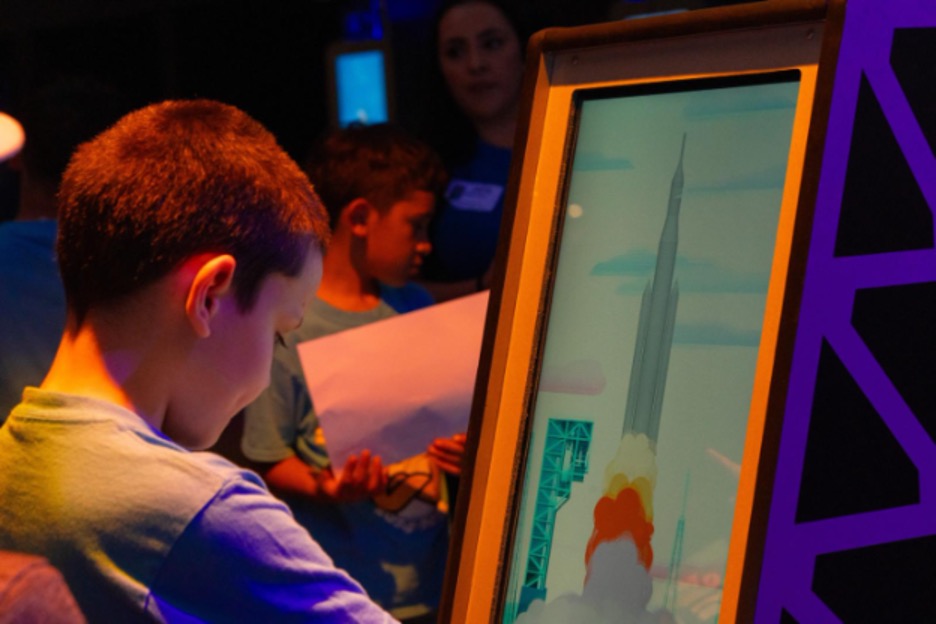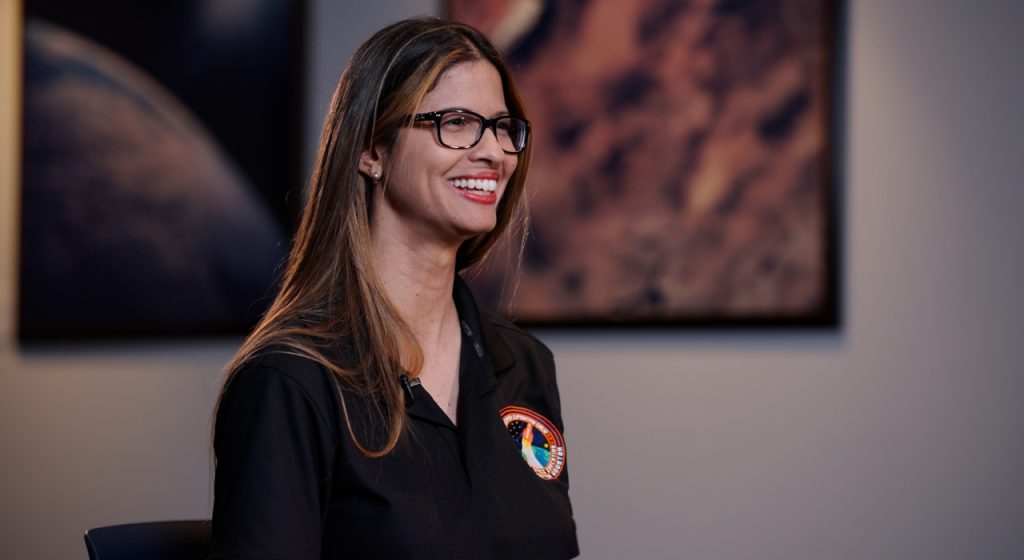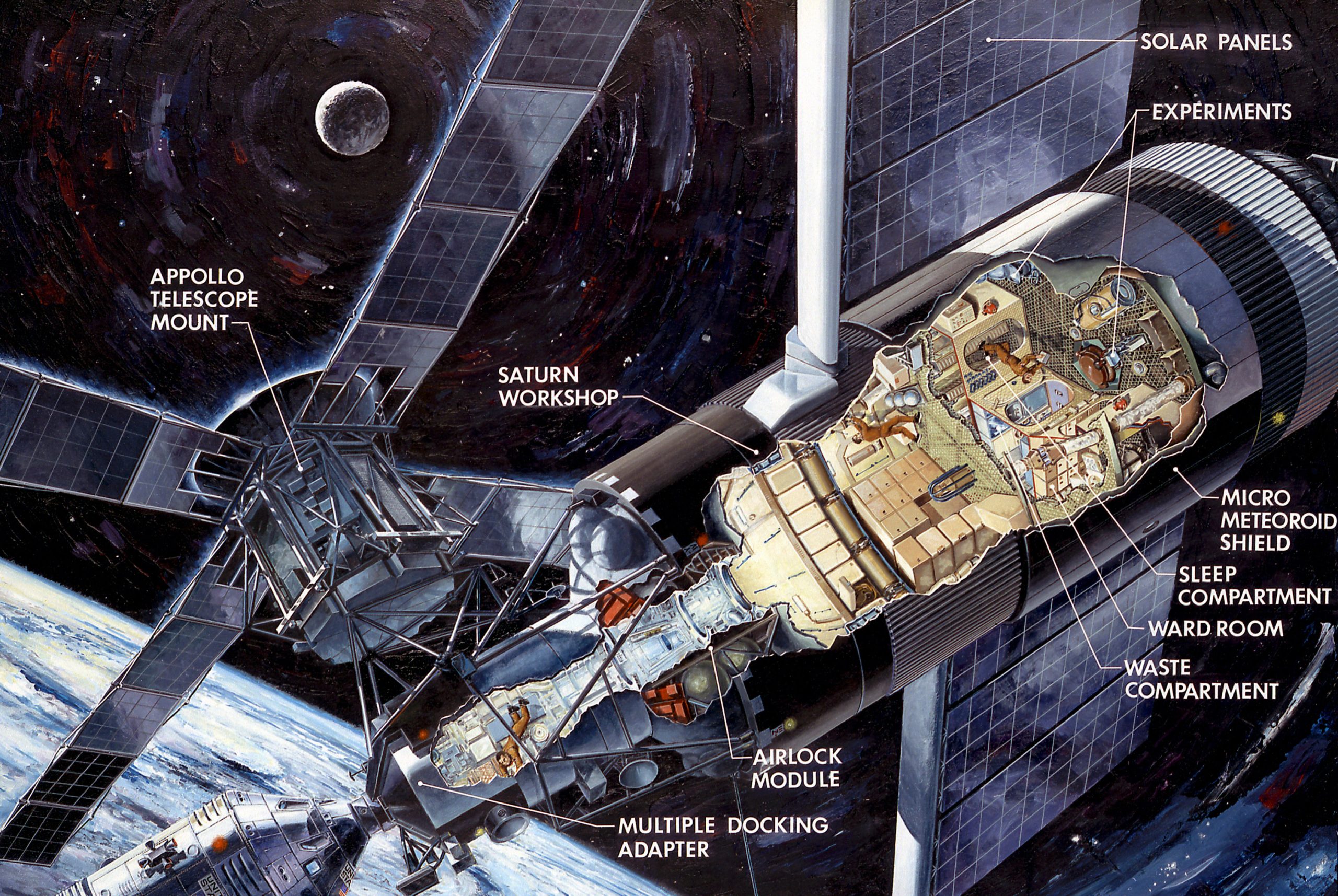
On Nov. 16, 1973, Skylab 4 launched as the third, and final, crewed mission to America’s first space station, Skylab. Commander Gerald Carr, pilot William Pogue, and scientist Edward Gibson spent a total of 84 days on orbit, which became the record, at the time, for the longest crewed spaceflight.
All three crew members were ‘rookie’ astronauts, on a mission chock-full of experiments and demonstrations, which included observations of the Earth, sun, and the comet Kohutek. The mission was a success, despite rumors of a ‘space strike‘ when radio communications were lost between the crew and Mission Control.
In total, the crew completed 1,214 Earth orbits and four spacewalks, technically called extra-vehicular activities (EVAs) during the “record-setting 34.5-million-mile flight.”
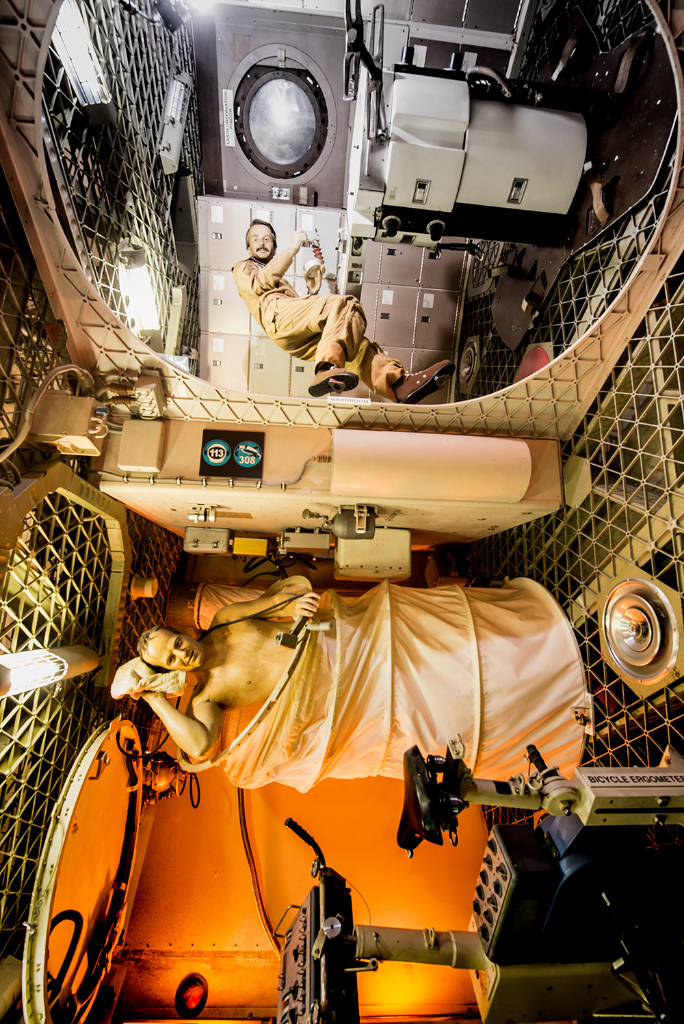
The purpose of Skylab was to provide an outpost in low Earth orbit where astronauts could learn to adapt to life in space, to work and live outside the Earth in a microgravity environment. The concept came alive in the form of a modified Saturn V rocket and from 1973 until it’s end in 1979, the space station hosted three crews of three, who carried out 270 scientific experiments (including the observation of the web-spinning space spiders), and logged upwards of 41 hours of EVAs, culminating in a combined 171 days on orbit and a total travel distance of more than 70 million miles.
Before their missions, Skylab astronauts trained extensively for their missions, which included practicing operations in the Neutral Buoyancy Simulator at NASA’s Marshall Space Flight Center. Crews trained underwater to simulate what it would be like to work in a microgravity environment. The underwater facility in Alabama was also used to design Skylab and plan repairs to the space station.
Skylab crews also prepared themselves for their time aboard the space station by training in the Skylab 1-G trainer, which is now on display at Space Center Houston in our Starship Gallery. The trainer is available for guests to walk through, to gain an understanding of what life aboard America’s first space station must have been like. It is the largest artifact in the center. Guests can also see a rare fragment of the station that survived the extreme temperatures of reentry in 1979. Not many traces of the station still exist.
Skylab paved the way for the International Space Station and future space exploration. It bridged the gap between the Apollo era and ISS. NASA’s One-Year mission aboard ISS continued to explore how long-duration spaceflight impacts those who live and work in space, the core focus of America’s first space station.
Today we remember Skylab, and the final crew to live and work there, which proved that even the sky is no limit for humankind’s imagination.

